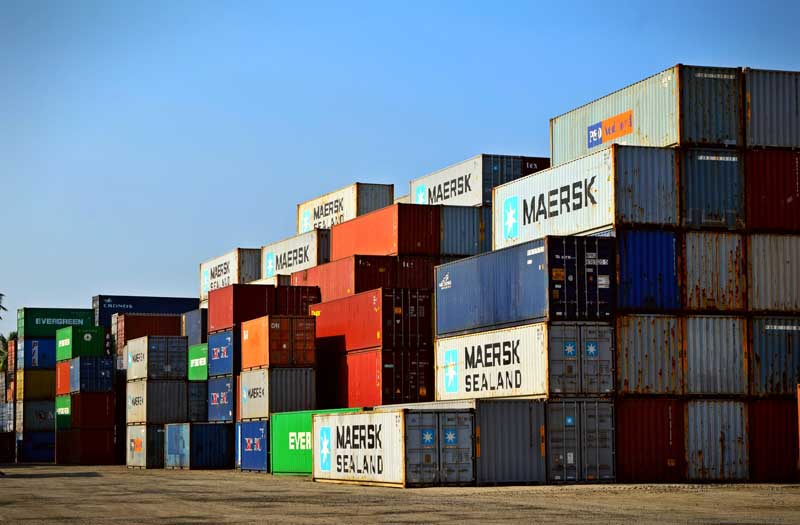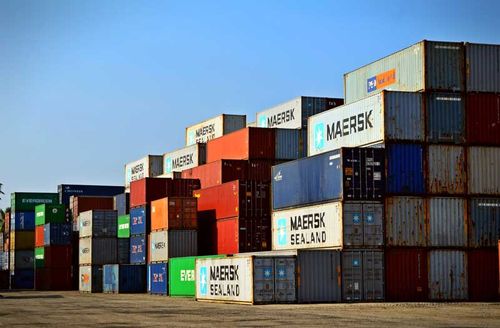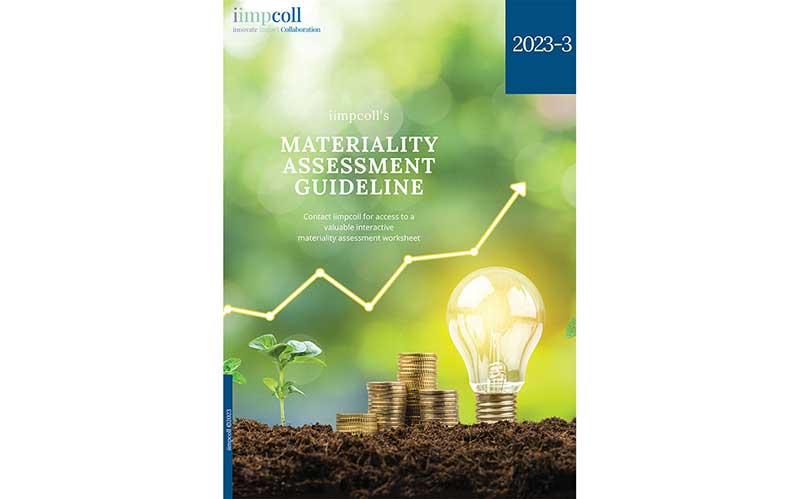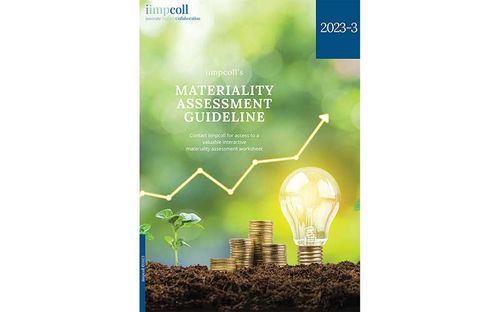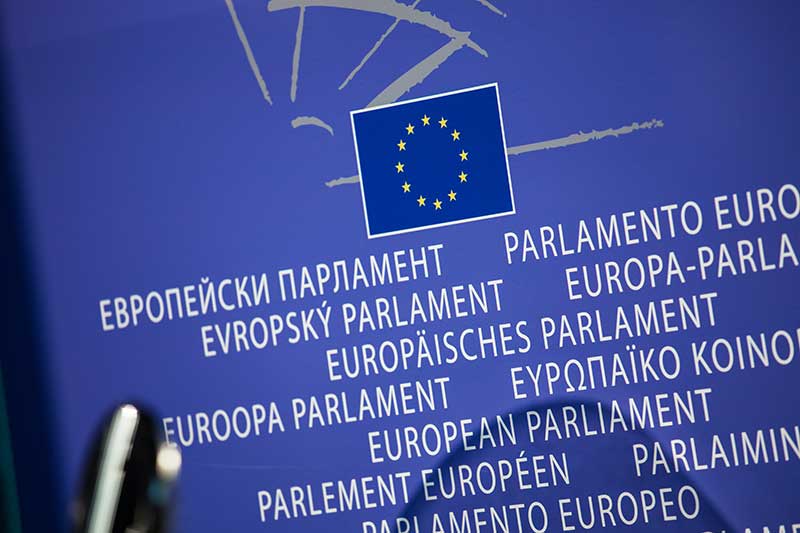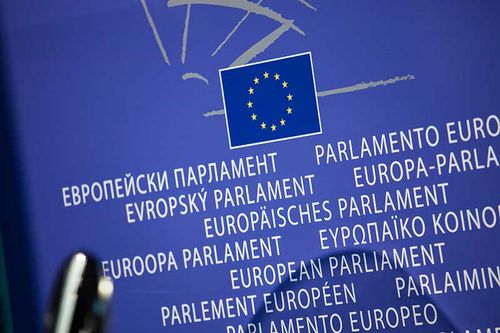How is data stored and accessed from a digital product passport?
A Digital Product Passport efficiently generates a digital representation of a physical product while securely logging event, transactional, and sustainability-related data throughout its lifespan. The digital replica is commonly associated with the physical product through QR codes, barcodes, or NFC tagging and can be accessed via a smart device application or similar means.
For instance, when consumers scan a QR code on a clothing label, they can instantly access the corresponding Digital Product Passport. This allows them to retrieve information regarding the product's sustainability credentials, ownership history, and proper recycling guidelines.
Data carriers are crucial for end-users to access the Digital Product Passport associated with a specific product in accordance with current EU guidelines. Organizations retain the autonomy to select the data carriers for individual, batch, or product types. Viable options for DPPs include:
QR Code: With widespread usage across diverse industries and sectors, QR codes offer durability and seamless connection to smart devices. They serve multiple purposes and are a favored choice.
Barcode: Similar to QR codes, barcodes primarily store product data, although they may not provide the same level of flexibility or functionality as QR codes. Direct user-webpage interaction for DPPs, for instance, may not be enabled.
NFC: NFC technology, commonly employed in contactless payment systems, is available on most modern smart devices. However, adopting NFC entails additional costs due to the need for standalone hardware devices equipped with embedded antennae and microchips, such as stickers. One advantage of NFC tags over QR codes and barcodes is the ability to install them within a product, thereby bolstering security measures.
At present, legislation and the scope of Digital Product Passports primarily revolve around collecting comprehensive data on a product's lifecycle. This enables insights into its sustainability, recyclability, and circularity. However, the possibilities expand when encompassing diverse data types. As a result, the concept of a digital replica and the technology behind the Digital Product Passport is not limited to specific markets, such as textiles and batteries, directly targeted at the European Union level. Instead, this technology is accessible to all businesses across industries. They can explore and leverage it for long-term business growth and customer value.
Numerous industries have already embraced Digital Product Passport technology to gain advantages in terms of transparency, traceability, and tradability.
The ability to streamline audits is paramount in ensuring compliance with regulations and standards. Presenting product data in a structured and machine-readable format significantly enhances the efficiency of these audits. The systematic and well-organized nature of such data also facilitates a quicker and smoother audit process.
Additionally, providing customers with a verified digital copy of your certification via the digital product passport strengthens your ability to substantiate claims regarding product impact and quality.

